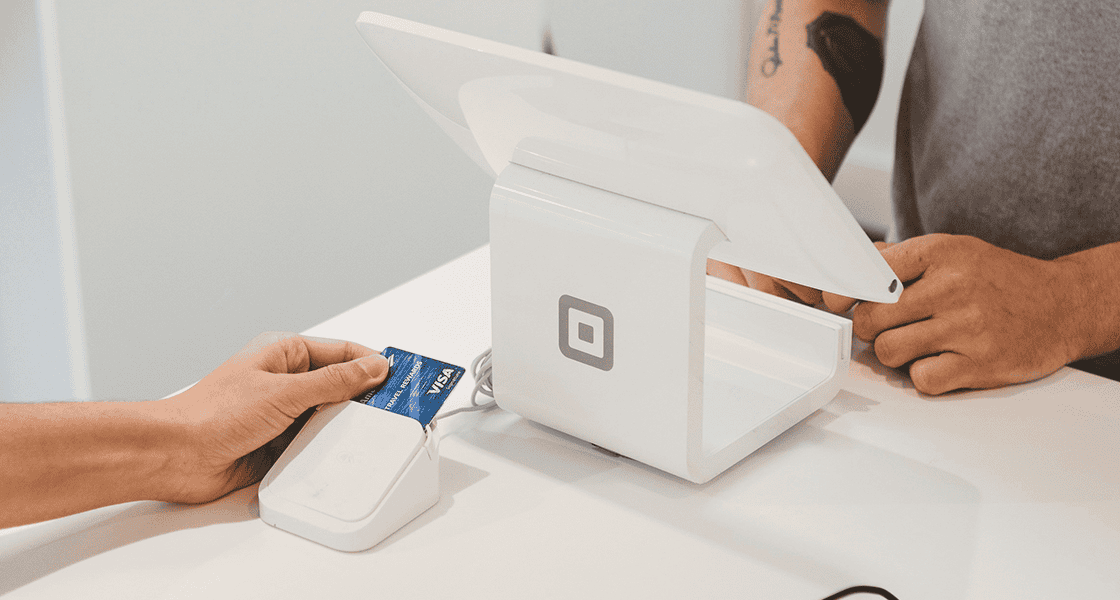Retail & Distribution
Retail CIOs Find Solutions for Always On, Frictionless Commerce
25 October 2018
Today’s retail Chief Information Officers (CIO) are on the front lines of a retail business success. Keeping all systems operational, guiding the way to successful digital transformation, all the while delivering an always on, seamless experience for the consumer by reducing points of friction across channels – it’s all in a day’s work for a retail CIO.
Delivering a frictionless experience at a time when it’s easier than ever for shoppers to compare not only products and price, but also availability, delivery times and reviews, compels retailers to step up their game to meet expectations and offer an enhanced shopping experience both online and in-store.
Creating the Frictionless Experience
Doug Gardner, CIO of River Island, knows this well. The British fashion brand has successfully expanded internationally by elevating the role of technology in its core strategies. “We want people to come into our stores and enjoy the physical shopping experience of being in-store with the staff and getting to touch and feel the clothes,” Gardner told Computer Weekly, but “adding in the digital layer means they can run that transaction very seamlessly and comfortably — and that’s a huge advance.”
For some retailers, that digital layer enables sales associates to personalize the interaction with each shopper, by recommending products based on their order history, or offering a customized promotion. For others, it can be leveraging the POS capabilities to locate an out-of-stock style elsewhere in the retailer organization and arrange to have it shipped to the customer’s home or have it ready for pick up in-store under 48 hours.
For Mark Fabes, former VP of Technology at Starbucks and now CIO of Holland & Barrett, another key strategy is to obtain a holistic view of its shoppers. “One of the biggest areas of focus in retail in the next couple of years will be about having a comprehensive 360-degree view of your customer,” he told Retail Week, as reported in Retail Gazette. “The overarching aim is to leverage deeper knowledge of how customers engage with a business across all touch points, helping them reach decisions that create a truly blended experience across all channels.”
Retail CIOs realize a frictionless experience is all these things and more, and that they must lead the way when it comes to the digital transformation of their organization. To delight shoppers across channels and never miss a sale, they need to leverage the capabilities of a POS solution that is fit for the demands of unified commerce.
Achieving End-to-End Integration
As Paul Colby, CIO of the British high-end department store John Lewis told Computing, “Responding to customer needs is not just about nice front ends. It’s about the entire end-to-end process. So the fact that you can order on johnlewis.com before 8 p.m., then click and collect at any store by 2 p.m. the next day is because we’ve also invested in our distribution system, in order management, and in very automated warehouses to enable us to provide customers with that experience.”
Delivering a seamless experience also involves a seamless integration and collaboration of the different actors of a retailer’s operations.Centralized data, for instance, gives real-time visibility on both inventory, product and customer information. A cloud-hosted software solution that is both secure, compliant and scalable ensures accessibility and no downtime. The last thing a busy CIO needs is to be burdened with bugs and glitches every time he or she needs to integrate a new data stream, set up a payment gateway or go live at a new store location.
CIOs need to know they have access to dedicated support teams standing by, globally, to troubleshoot any issues and deal quickly and capably with the unexpected. Finally, APIs should be highly accessible, and the software platform must be forward compatible, so that the retailer can trust the solution will accompany them as they grow and new innovations come along.
Streamlining and automating processes
Innovative technologies are already holding promise to help CIOS face one of their biggest challenges ahead: that of freeing valuable time both at headquarters and at the point of sale by minimizing time-consuming manual tasks.
For John allen, CTO of Missguided, this is a key evolution of systems and operations that is required. “Having everything as a data point in your system allows you to start to think about automating relationships between that data,” he said to Essential Retail. “So now we have a single view. The next step is to start more automated relationships between that data. Ultimately, that’s what good retail businesses will be doing in the next five to 10 years. They will be really streamlining those data movements so there are very few manual interventions, except where it is required.”
If artificial intelligence and machine learning will play a key role in the revolution of retail, for brands to benefit from automatization and simplify their business processes going forward, they need to already achieve end-to-end connectivity across their operations. Moving to an integrated, all-in-one retail platform today is therefore critical to deliver frictionless, unified shopping experiences tomorrow, but also to ensure that a retailer will remain competitive in the future.
Are you ready to establish a central, secure, and 24/7 omnichannel information system? Learn how you can help your organization succeed with unified commerce in our new guide for retail CIOs.


